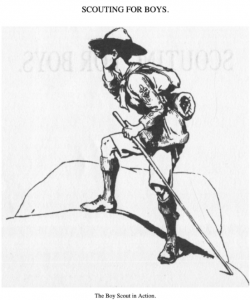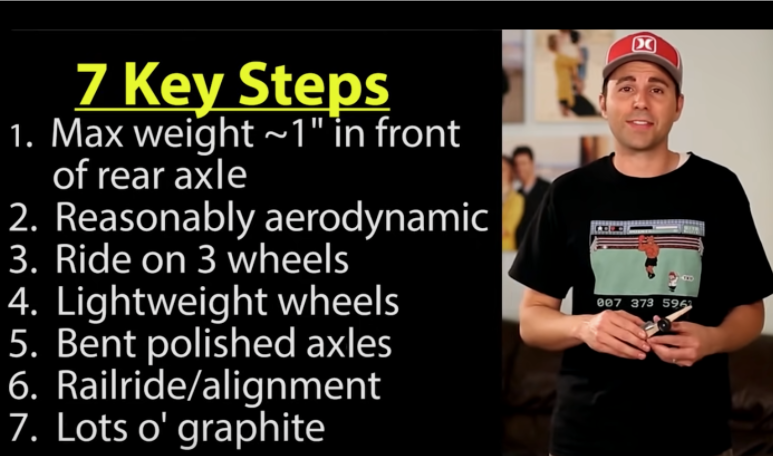Update on the 19 Cub Scout Elective Adventures
In May of 2021, it was announced that 19 Cub Scout Elective Adventures would be retiring at the end of this program year (May 2022). See details here.
Elective adventures are reviewed for content and popularity. These 19 have been the least popular based on sales and advancement data. They will be archived in Scoutbook and Internet Advancement, removing the ability to mark them as completed after the retirement date of May 31, 2022. These 19 adventures are not being replaced with a new set of elective adventures.
Inventory at the Scout Shops for loops and pins is limited and will only be available while supplies last. Cub Scouts can still wear the adventure loops and pins after that date. Once it’s earned, it’s not taken away from the Cub Scout.
STEM Nova Award Impact – STEM Nova Awards that include Adventures also include an Option A and Option B to earn the award. Cub Scouts may choose to earn one of the remaining Adventures or Option A or Option B.
World Conservation Award Impact – The Wolf and Webelos rank are impacted. The Bear rank has no changes.
For Wolf Scouts who want to earn the World Conservation Award, the requirement to earn the Grow Something Elective Adventure will be replaced with the following activities:
- Select a seed, and plant it in a small container. Care for it for 30 days. Take a picture or make a drawing of your plant once each week to share with your den or family.
- Find out the growing zone for your area and share the types of plants that will grow best in your zone.
- Visit or research a botanical or community garden in your area and learn about two of the plants that grow there. Share what you have learned with your den or family.
- Complete one of the following:
- Make a terrarium.
- Using a seed tray, grow a garden inside your home. Keep a journal of its progress for 30 days. Share results with your den or family.
- Grow a sweet potato plant in water. Keep a journal of its growth for two weeks. Share the information with your den or family.
For Webelos (including Arrow of Light) Scouts, the requirement to complete 1, 3a, and 3b of the Adventures in Science adventure will be replaced with:
- Draw a picture of a “fair test” that shows what you need to do to test a fertilizer’s effects on plant growth.
- Carry out the experiment previously designed as a fair test of fertilizer’s effect on plant growth.
- Carry out the experiment again but change the independent variable. Report what you learned about how changing the variable affected plant growth.
Here is the complete list of adventures that will be retired on May 31, 2022:
Tiger
- Earning Your Stripes
- Family Stories
- Tiger Tales
- Tiger Theater
Wolf
- Collections and Hobbies
- Grow Something
- Hometown Heroes
- Motor Away
Bear
- Beat of the Drum
- Make It Move
- Robotics
- World of Sound
Webelos/Arrow of Light
- Adventures in Science
- Build My Hero
- Fix It
- Looking Back Looking Forward
- Maestro
- Movie Making
- Project Family

